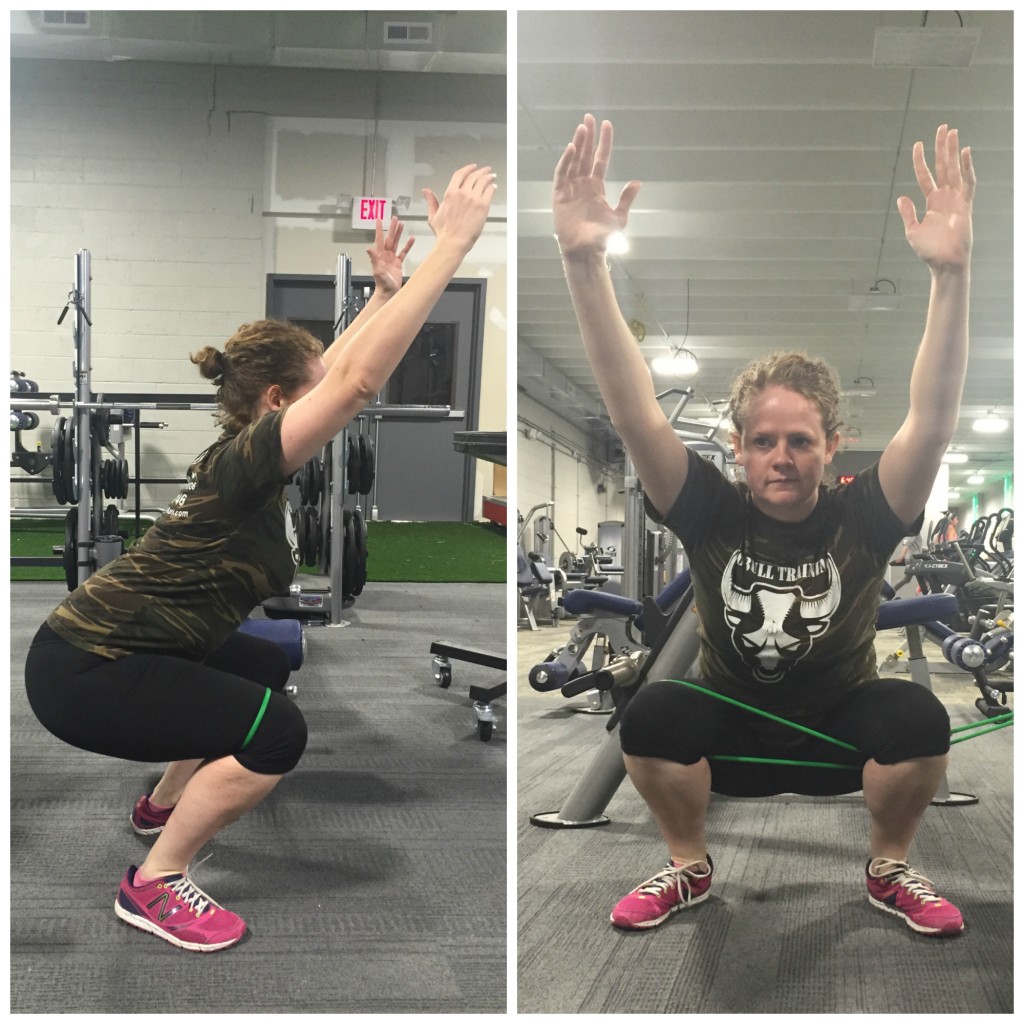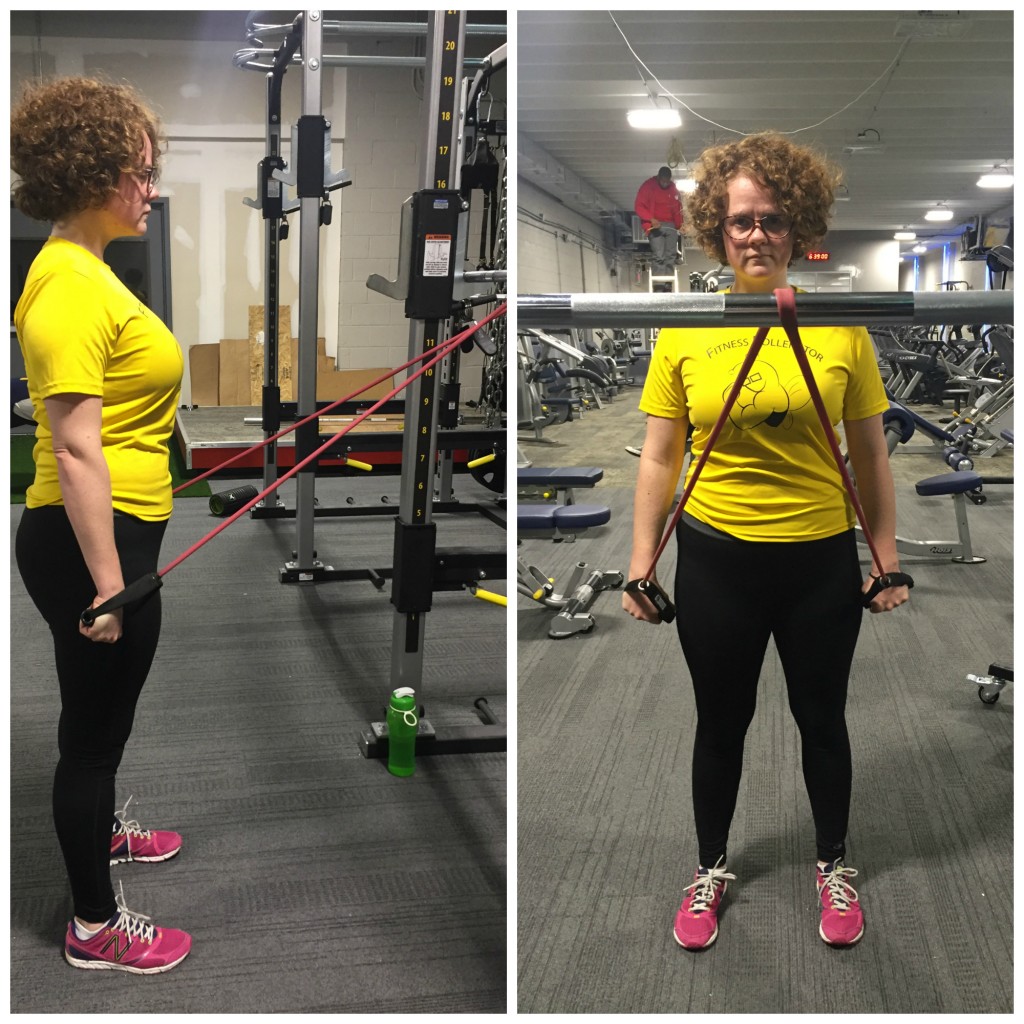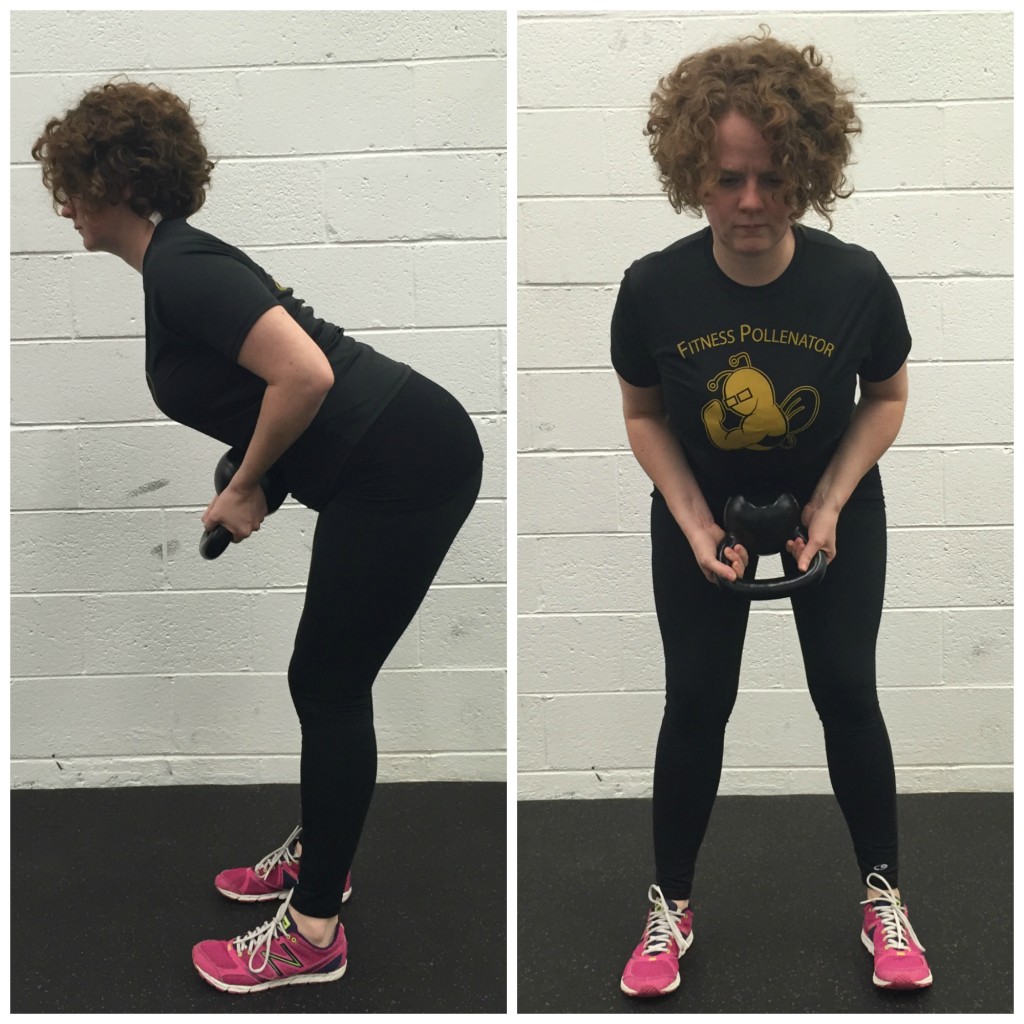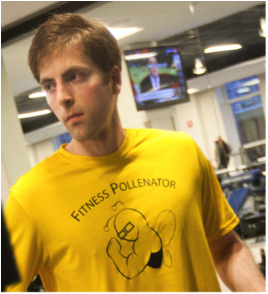Another Weird Trick for Improving Exercise Technique: Positional Holds
Today’s post is yet another stunner from Travis Pollen. His previous posts HERE, and HERE were both instant classics, and this one doesn’t disappoint. He’s also just released a free e-book called “50 F!T TIPS: Look, Feel and Move Better.” You can access it by clicking HERE.
*****
If your exercise technique is a little off, you might not get hurt today, tomorrow, or even next week. But eventually, it’ll come back to bite, and you’ll be sorry you didn’t do anything about it.
In my last guest post for Dean, I wrote about using proprioceptive stimuli to increase awareness of the position of the body in space. In that post, I also described an analogous drill used in swimming, where the swimmer balances a water bottle on their forehead while doing backstroke.
Given my affinity for relating gym things to pool things, it should come as no surprise that today I have another “weird trick” for improving exercise technique on dry land that has a parallel in the pool.
One of my favorite parts of swim practice was when we got to don hand paddles and a buoy for sets of “pulling.” By taking the legs out of the equation, pulling isolates the arm mechanics of the stroke – my strong suit considering my lower body deficiency as an amputee.
In swimming, to propel ourselves forward in the most efficient manner, we want to minimize drag and concentrate our pulling force entirely in the backwards direction. This is where paddles come in handy (get it, handy?). By increasing the surface area of our hands, they also increase the water’s resistance and thereby magnify our feel for it.
In this way, paddles serve to exaggerate any slight deviation from proper technique. An early or incorrect angle of entry of the hand into the water stops you dead in your wake. Moreover, an inefficient hand position during the underwater pull causes the hand to slip through the water instead of grabbing onto it firmly and accelerating the body forward.
The Analogy to Dry Land Training
When it comes to training on dry land, sometimes we need to “apply the paddles and buoy,” metaphorically speaking. If a simple verbal cue or even manual adjustment doesn’t elicit the desired improvement in exercise technique, we have to get creative. This is where the analogy to swimming with paddles and a buoy comes in.
The objective, once again, is to isolate and magnify the error. A simpleton might take this advice to mean blindly adding load to a movement. Having trouble keeping your knee from caving in on bodyweight squats? Just throw 135 pounds on your back, and surely that’ll force you to fix it, right? Not so much. In most cases, that will only make it worse and could even result in injury.
There’s actually a much safer and subtler way to correct this type of error. Though slightly counterintuitive, we actually want to add more resistance in the exact direction of the error (i.e. directly pull the knee into the mistake on the squat). In this fashion, we bring greater awareness to the location of the faulty mechanics, which forces the adjustment we’re seeking.
Positional Holds for the Big Lifts
We begin by regressing the movement to an isometric hold in order to isolate the problem. Once the proper position and muscle coordination pattern is achieved there, we can reintegrate it into the target movement.
Here are five examples of this technique in action on the big lifts, beginning with the squat.
Directions: The goal is first to assume the correct position and second to improve endurance in that position. For each drill, begin with several sets of a few seconds (i.e. 6 sets of 5-second holds). Over time, increase the duration of each hold while decreasing the number of sets (i.e. one 30-second hold).
- Squat
Movement deficiency: Knee valgus collapse due to poor hip abductor engagement
Ineffective verbal cue: “Knees out”
Solution: Isometric band hip abduction in deep squat
Execution: For unilateral valgus, wrap a band around a sturdy object at knee height. Step into the band with the problem leg, and walk out so there’s tension on the band pulling the knee inward. Lower into the bottom of a squat and hold, pushing out against the band to keep the knee inline with the middle of the foot. Note the muscles firing on the side of the hip. If the knock-knees occur bilaterally, simply use a mini-band around both knees.
Transfer to target movement: In order to take the drill a step further, perform dynamic squats with the valgus band stimulus. Finally, remove the band and squat normally to ensure the correction sticks.
- Deadlift
Movement deficiency: Bar drifting away from the body due to poor lat engagement
Ineffective verbal cue: “Tight lats”
Solution: Standing isometric stiff-arm pull-down
Execution: Wrap a band with handles around a sturdy object (like a Smith machine or barbell secured inside a power rack) at shoulder height, and step back to get tension on the band. With tight abs and tight glutes (to avoid lumbopelvic compensation) and straight arms, extend the shoulders so the arms are even with the body, as in the lockout of the deadlift. Note the muscle activation in the lats.
Transfer to target movement: To prevent the bar from drifting away from the body at any point in the deadlift, the isometric tension in the lats in the tall standing position of the pull-down must be maintained over the course of the entire deadlift. To rehearse, perform the deadlift motion dynamically at the same time as the isometric pull-down. Finally, return to the normal deadlift to lock in the correction.
- Pull-up or Overhead Press
Movement deficiency: Loss of neutral spine and pelvis due to poor abdominal and glute engagement
Ineffective verbal cue: “Tight abs and glutes”
Solution: Isometric TRX Superman
Execution: Attach a suspension trainer overhead, and face away from the attachment. With a flat back and neutral pelvis, get tension on the straps and slowly raise the arms overhead, allowing the body to incline forward until a straight line is formed from the heels to the hands. Note the tightness in the anterior and posterior core.
Transfer to target movement: To increase muscular endurance even further, walk the feet backwards to decrease the angle of the body with respect to the floor and thereby increase the difficulty of the exercise. Perform sets of dynamic “press/pull” Supermans, mimicking the arm motion of the pull-up and overhead press and continuing to keep the abs and glutes tight. Finally, return to the actual pull-up or overhead press and maintain the core engagement from the Superman for the duration of the target movement.
- Bench press
Movement deficiency: Inadequate scapular retraction due to poor rhomboid and mid trap engagement
Ineffective verbal cue: “Shoulder blades pinned to bench”
Solution: Isometric incline batwing row
Execution: Set up face down on an incline bench with a pair of dumbbells or kettlebells on the floor. Row the weights into your armpits and hold, initiating the movement from your shoulder blades by squeezing them down and back. Note the muscular tension between the shoulder blades.
Transfer to target movement: For increased mechanical advantage on the bench press, the pinned back shoulder blade position from the row should be maintained throughout the entire bench press movement. To increase muscular endurance even further, perform sets of dynamic batwing rows. Finally, move to the bench press, pin the shoulder blades back (as in the batwing row), and maintain this position for the entire set.
- Bent-over row
Movement deficiency: Round upper back due to poor erector spinae engagement
Ineffective verbal cue: “Chest up”
Solution: Isometric goat bag swing
Execution: Stand tall with feet hip-width apart and a “proud” chest. Holding the handles of a moderately heavy kettlebell, pull the base of the bell into the belly and attempt to spread the handles apart. Maintaining this upper body position, soften the knees slightly and push the hips back to assume the bent-over position. Hold this position without allowing the weight of the bell to cause the back to round. Note the tension in the muscles of the mid/upper back.
Transfer to target movement: The “chest up” position from the goat bag swing is the same position that must be maintained in a bent-over row to avoid flexion of the thoracic spine. To increase muscular endurance even further, perform sets of dynamic goat bag swings. Finally, assume the bent-over position, and row while keeping the chest up.
Only the Beginning
Remember, the key with all of these techniques is (1) to deconstruct the movement and reprogram proper mechanics and (2) to transfer the correction back to the full movement you’re working to master. Of course, beyond the examples described above, there are countless ways to screw up the big lifts – and countless corresponding ways to correct them. These five are only the beginning.
About the Author
Travis Pollen is an NPTI certified personal trainer and American record-holding Paralympic swimmer. He recently completed his master’s degree in Biomechanics and Movement Science at the University of Delaware. He maintains his own blog and is always posting fitness tips and videos of his “feats of strength” on Facebook, Instagram








6 Responses to Another Weird Trick for Improving Exercise Technique: Positional Holds